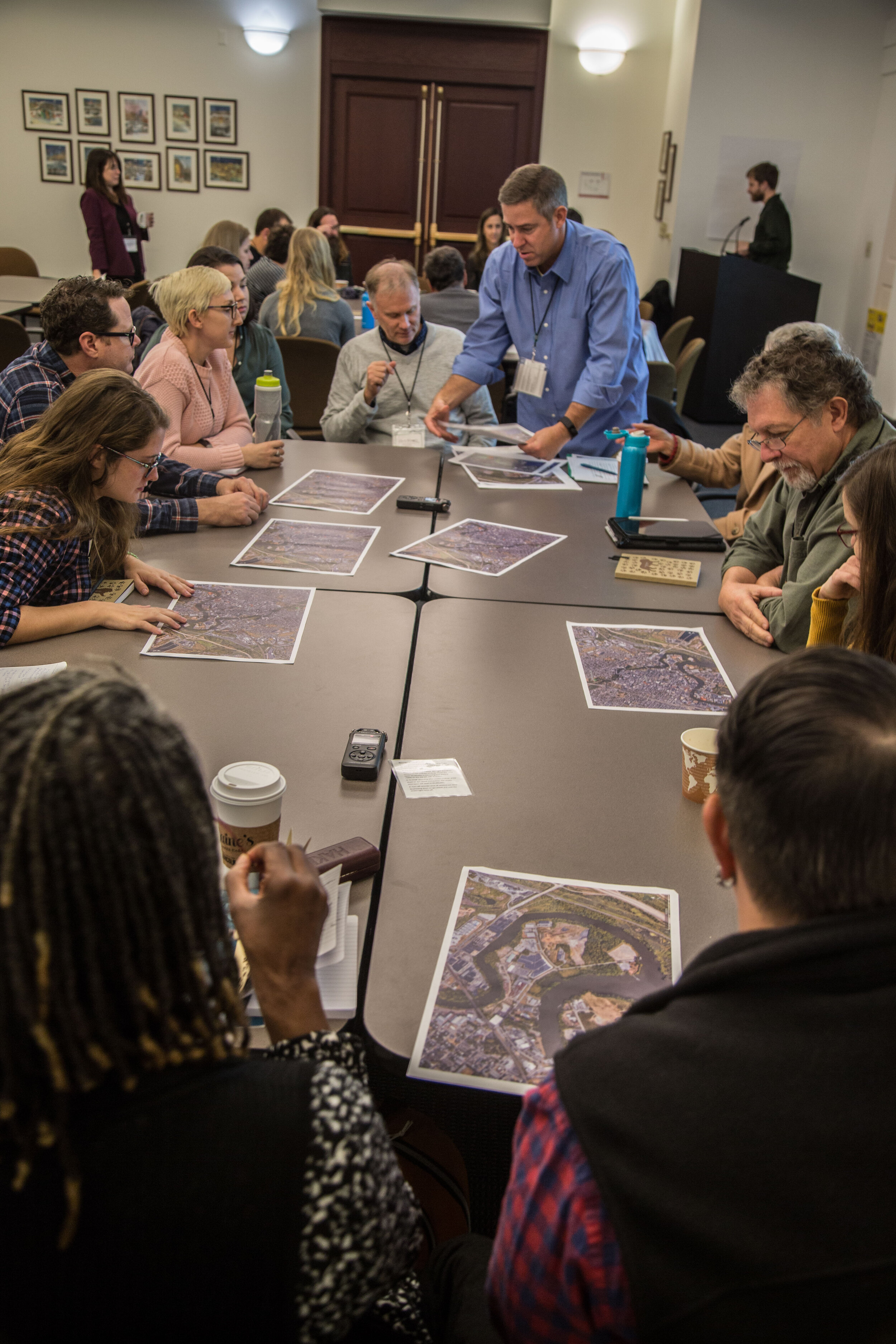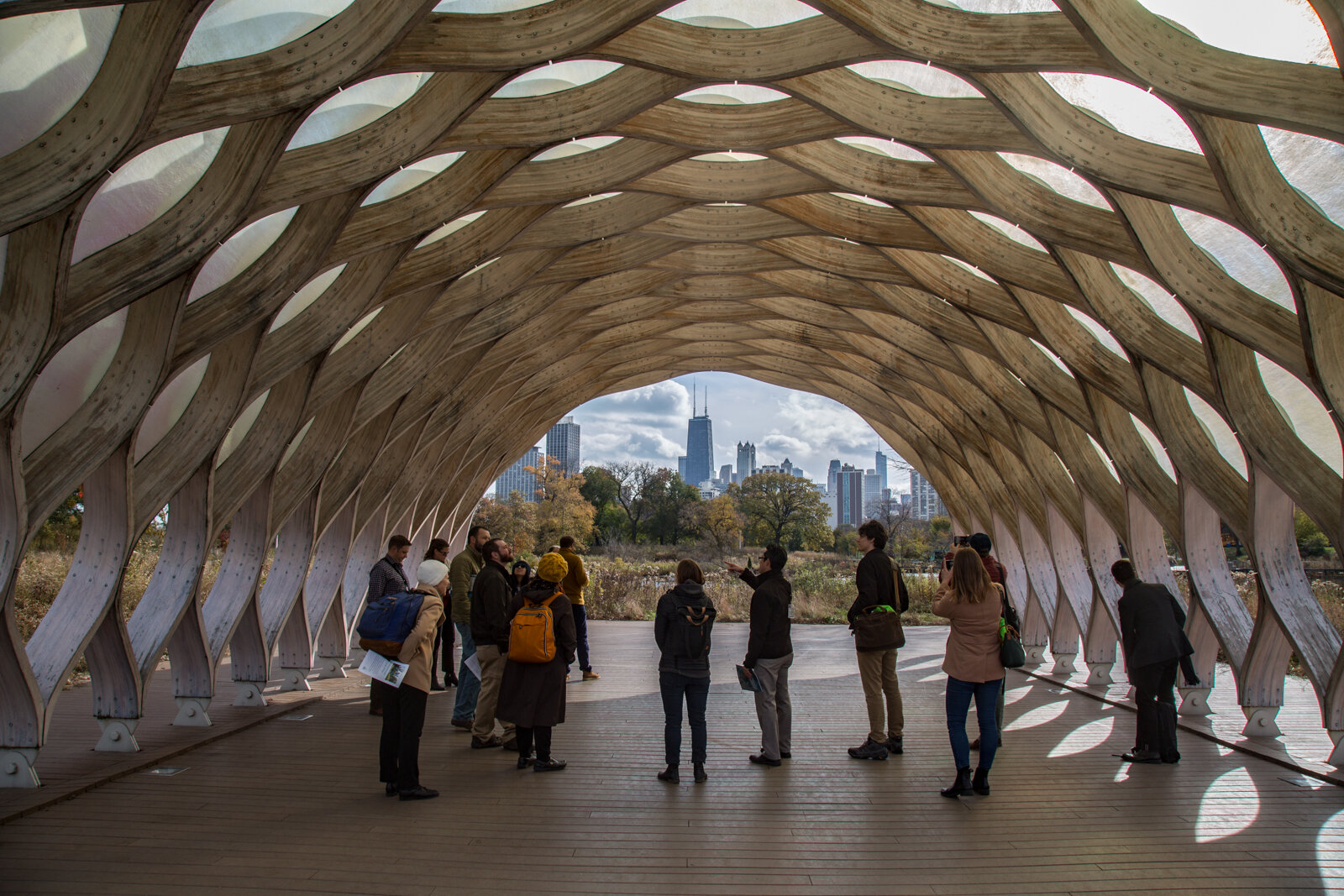Urban Planning and Design
The landscape of a city is complex, housing not only humans, but also a multitude of wildlife species. To create functional ecosystems that allow humans and nature to thrive, we need to look at the bigger picture. The Urban Wildlife Information Network (UWIN) works in collaboration with architects and urban planners to bridge scientific research with the development and design of environmentally-friendly cityscapes.
As cities expand and more of the human population occupies these dense areas, it is important to address the impacts to wildlife if we are to sustainably develop. The larger landscape of a city must be understood to predict which plants and animals will thrive on and around a site, and how to maximize positive interactions between people and wildlife, while minimizing conflict. It’s not only a question of providing a greenspace, but also of evaluating the zoning of the surrounding land, how/if the land is connected to other greenspaces, and what animals naturally occupy the area.
Ecologists and biologists can help! Scientists can monitor the wildlife composition of a site before, during, and after a project to help develop environmentally-functional designs, and can provide a wealth of data on the results of other, similar projects. Monitoring is also a useful way to benchmark success and prove you have created a design that is beneficial to humans and hospitable to the local animals and plants. Collaborating with scientists can help ensure environmental standards and benchmarks are met. UWIN can provide data, resources, and expertise.




